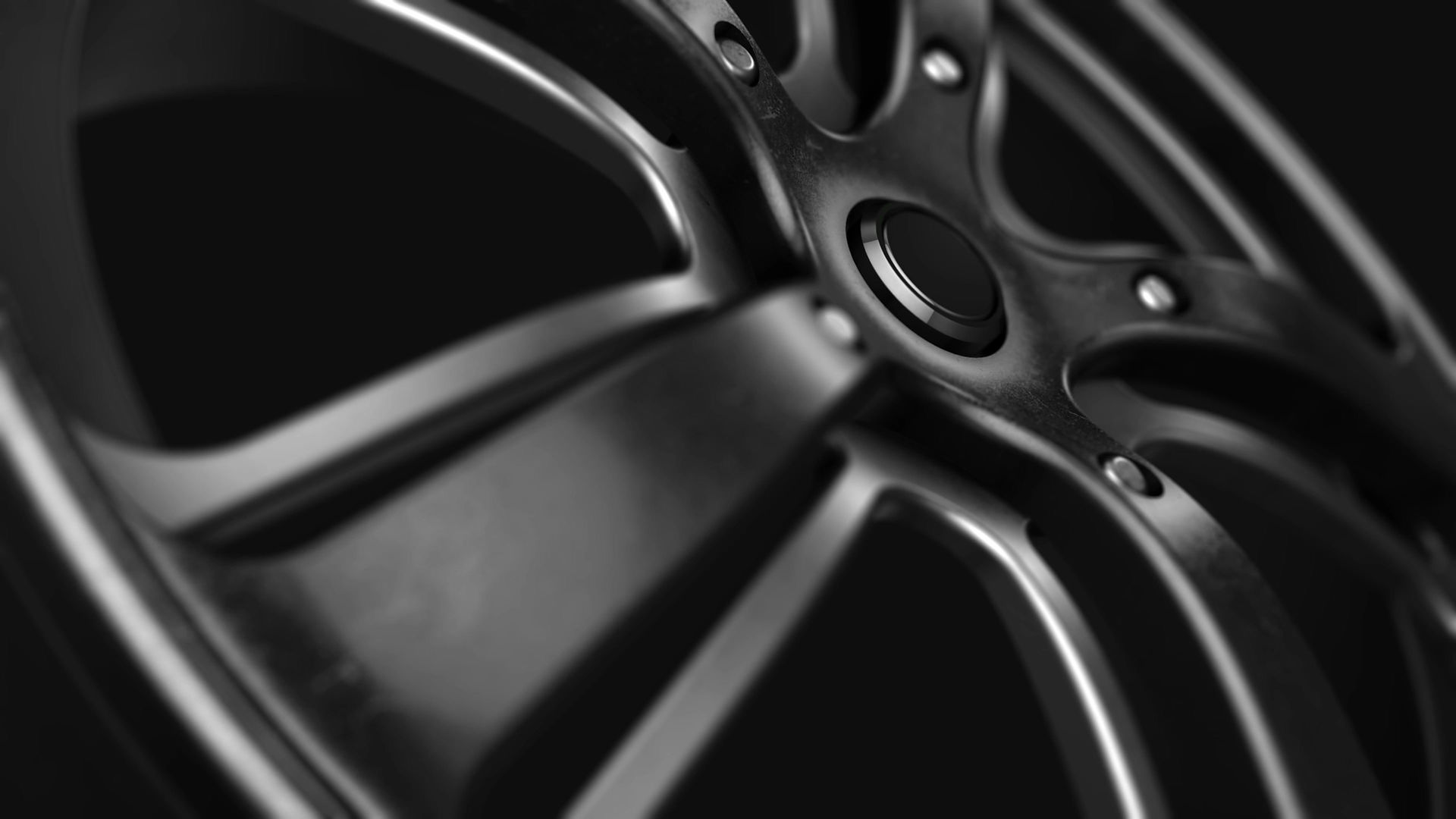Daily Checks (Before Use)

Visual Inspection:
Check for hydraulic leaks around the cylinders, hoses, and connections.
Inspect lifting arms, pads, and adapters for cracks, wear, or damage.
Ensure the floor is clean, dry, and free of oil or debris.
Functional Tests:
Test the safety locks/latches to confirm they engage and disengage smoothly.
Verify the emergency stop button works immediately when pressed.
Operate the lift empty to ensure smooth ascent/descent.
Positioning:
Ensure the vehicle’s center of gravity aligns with the lift’s posts (refer to the lift’s manual for weight limits).
Confirm arm placement matches the vehicle’s lift points (e.g., pinch welds, frame rails).
Weekly Checks
Lubrication:
Grease all pivot points, sleeves, and sliding components (e.g., carriage rails).
Structural Inspection:
Tighten anchor bolts securing the lift to the floor.
Check for cracks or corrosion on the columns, arms, and baseplate.
Hydraulic System:
Inspect hydraulic fluid levels (top up if necessary, using manufacturer-recommended fluid).
Look for air bubbles in the hydraulic lines (bleed the system if present).
Cables/Chains:
Examine cables or chains for fraying, rust, or stretching.
Monthly Checks
Comprehensive Safety Test:
Perform a load test (with a vehicle at max capacity) to verify the lift holds weight securely.
Test overload protection systems (if equipped).
Alignment Check:
Ensure the lift’s columns are vertically aligned and not leaning.
Verify the arm height synchronization (both sides should rise/fall evenly).
Electrical Components:
Inspect wiring, switches, and control panels for damage or loose connections.
Professional Inspection:
Schedule a certified technician to inspect critical components (e.g., hydraulic pumps, structural welds).
General Safety Reminders
Training: Only trained personnel should operate the lift.
Weight Limits: Never exceed the lift’s rated capacity.
Documentation: Keep a log of all inspections and maintenance.
By following this routine, you’ll minimize risks of equipment failure, accidents, and downtime.


Comments